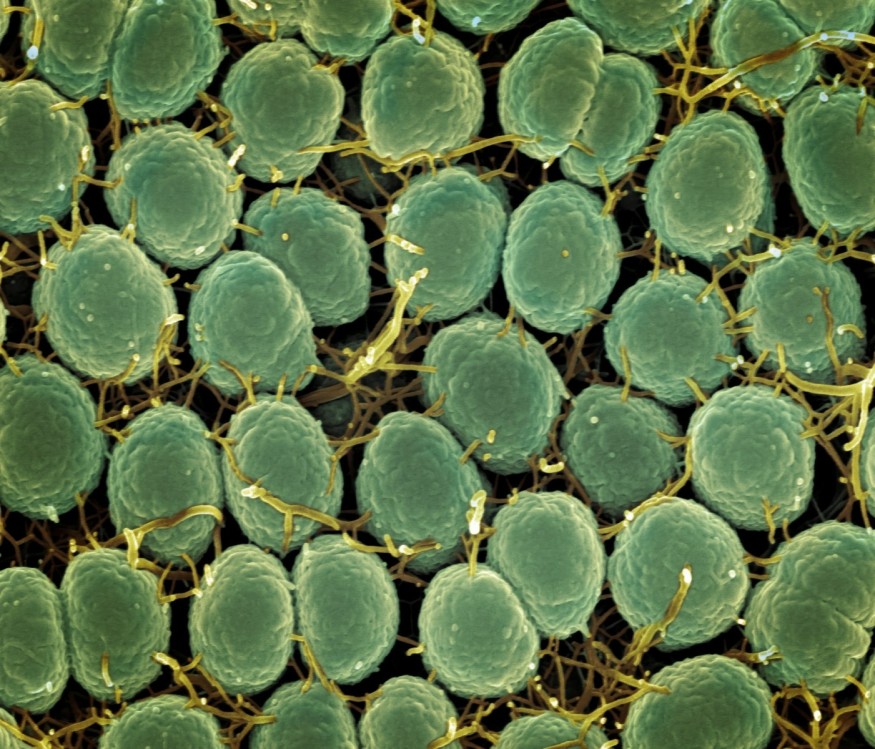Greenhouse gases, including carbon dioxide and nitrous oxide, have been around since ancient Earth, long before the emergence of humans. However, for over 200 years, industries have accelerated the production of anthropogenic greenhouse gases.
In turn, this phenomenon also hastens the natural process of the greenhouse effect, which traps these solar heat-absorbing gases in the atmosphere, warming the planet.
In the context of climate change and global warming, human-induced greenhouse gases have been blamed by scientists as the main fuel for the current climate crisis.
In previous studies, researchers have also identified various natural sources of their emissions, including permafrost and underwater volcanoes. Regardless, both anthropogenic and natural emissions contribute to Earth's imminent warming.
Greenhouse Gas Emissions

Whenever the topic of climate change or global warming is included in a discussion, it is almost impossible not to mention greenhouse gases. This inclusion is due to the fact the current climate crisis is worsened by a single denominator: anthropogenic greenhouse gas emissions. After the Industrial Revolution in the 18th century, levels of these atmospheric gases skyrocketed as well.
According to the United States Environmental Protection Agency (EPA), carbon dioxide accounts for 79.7% of the greenhouse gases in the atmosphere. This percentage composition is followed by 11.1% methane, 6.1% nitrous oxide, and 3.1% consisting of other gases. Over the past several decades, scientists have warned of the environmental and ecological consequences of excessive greenhouse gas emissions.
Bacteria Produce Nitrous Oxide
A matter often overlooked in the said context is biological greenhouse gas emissions. In June 2024, a study further confirmed that living organisms in the form of bacteria are great greenhouse gas emitters as well. Led by researchers at the California Institute of Technology (Caltech), the study highlights that there is a high number of bacteria that produce greenhouse gases, which is greater than previously thought.
This conclusion is based on the discovery of a previously unknown class of enzymes, which allows different bacteria species to "breathe" nitrate and produce nitrous oxide. While the said greenhouse gas is relatively short-lived compared with carbon dioxide, it is harder to monitor. The research findings have no concrete implications yet, but they confirm previously related findings about bacteria.
To arrive at their findings, Caltech researchers used environmental sequence data to determine enzymes that create nitrous oxide from nitrate and tested through experiments. The research team found that multiple bacteria can use nitrate under a low-oxygen environment. From a bacteria evolution standpoint, the findings suggest this can benefit their survival but produce the greenhouse gas in exchange.
Findings about the unique phenomenon of bacteria producing nitrous oxide were published in the journal PNAS on Thursday, June 20. The research paper highlights that the previously unknown enzymes evolved many times throughout history, connected by oxygen and nitrogen cycles where some bacteria might have adapted to survive.
© 2025 NatureWorldNews.com All rights reserved. Do not reproduce without permission.





